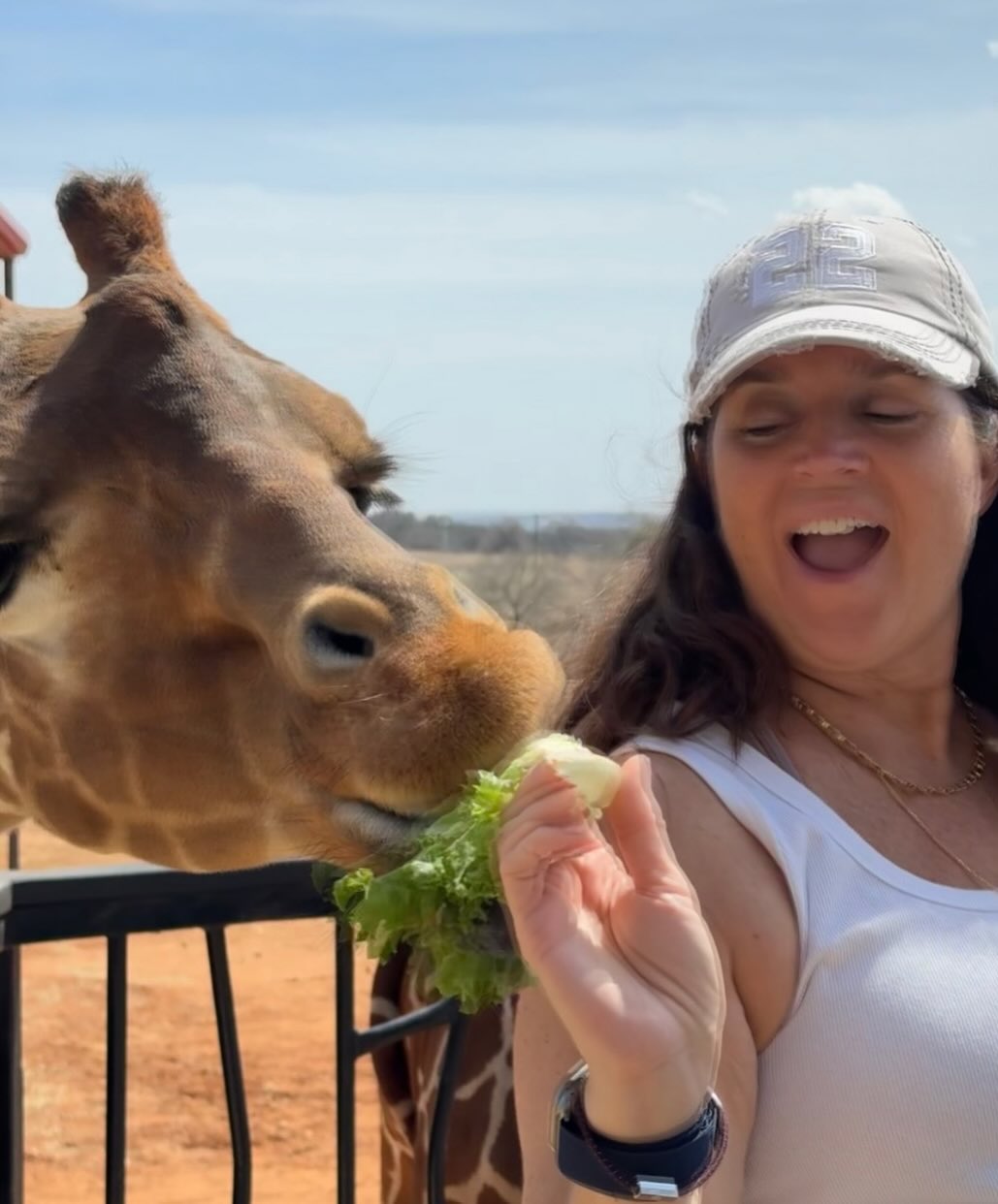- Exploring the Anatomy and Behavior of Giraffes
- The Role of Zoos in Giraffe Conservation
- Wildlife Conservation Efforts for Giraffes in Africa
- Educational Programs and Public Engagement
- Challenges and Opportunities in Giraffe Conservation
Giraffes, with their towering necks and gentle demeanor, have captivated human interest for centuries. They are not just icons of the African savanna but also vital parts of their ecosystem. Understanding the intricacies of their biology and behavior is fundamental for appreciating their role in the natural world.
Their long necks are supported by only seven vertebrae—just like humans—each elongated to give them the distinctive height. This adaptation allows them to reach high vegetation, offering them access to food sources other herbivores cannot reach. Their height also provides a vantage point for spotting predators. However, such specialization demands a high-energy diet, primarily consisting of acacia leaves, which are rich in nutrients.
Socially, giraffes exhibit fascinating dynamics. They often form loose herds with fluid membership, engaging in activities like "necking," a form of combat where males compete for dominance. This behavior plays a crucial role in their social structure and mating systems. Understanding these behaviors is key to creating environments in zoos that mimic their natural habitats, promoting health and well-being.
Zoos play a critical role in giraffe conservation, particularly given the threats these creatures face in their natural habitats. Habitat loss, poaching, and climate change have significantly impacted giraffe populations. Zoos offer a sanctuary where giraffes can live relatively free from these dangers. They also facilitate important breeding programs designed to maintain genetic diversity. Collaborating internationally, zoos work to understand giraffe genetics and promote breeding practices that support healthy populations.
Educating the public is another vital component of zoo involvement. Through engaging exhibits and interactive programs, zoos foster a connection between people and wildlife, raising awareness about giraffes’ challenges and inspiring conservation action. Educational programs for children and adults alike emphasize the importance of biodiversity and ecosystems, creating a new generation of conservationists.
Conservation efforts within Africa are robust and crucial. Various organizations work tirelessly to implement strategies that protect giraffe habitats, curbing illegal hunting and addressing human-wildlife conflicts. Wildlife corridors are established to allow giraffes to migrate safely, and communities are engaged in conservation initiatives, often employing local people as rangers and educators.
The broader challenge of giraffe conservation stems from a combination of factors, including political, social, and economic pressures within range countries. Conservationists must navigate these obstacles, continually adapting strategies to serve both people and wildlife. Collaboration between governments, non-profit organizations, and local communities is essential. These alliances help in crafting policies that favor both environmental preservation and sustainable development.
In addressing these challenges, opportunities arise to innovate and improve conservation techniques. The integration of technology, such as GPS tracking and drones, enhances monitoring of giraffe populations and habitats. This technological approach offers precision in data collection, enabling targeted conservation efforts.
Achieving success in giraffe conservation demands a collective effort. Public engagement, supported by education and awareness campaigns, encourages individuals to contribute to conservation through donations, volunteer work, or advocating for wildlife-friendly policies. By understanding and valuing giraffes’ role in our world, society can better appreciate the urgent need to conserve these remarkable creatures.
Such comprehensive efforts ensure that the grace and splendor of giraffes will continue to grace the African landscape for generations to come. Through collaborative action and unwavering commitment, the future of giraffes and their habitats can be secured.
*****
Source Description
So much “longneck” fun … ❤️ 🦒


